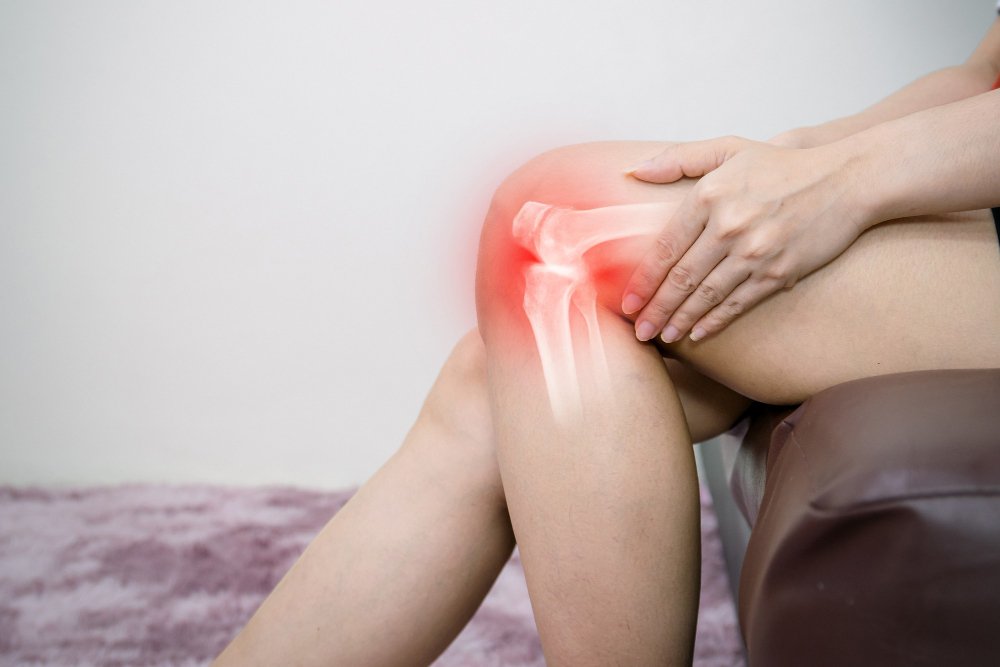A Complete Guide On Ac Joint Pain & Need Of Pain Physicians
Acromioclavicular (AC) joint pain is a common yet often misunderstood affliction, impacting a wide range of individuals, from athletes to the general populace. This type of pain can range from a mild nuisance to a severe impediment, profoundly affecting one's quality of life. In this article, we delve deep into the anatomy of the AC joint, the various injuries it can sustain, and the vital role of pain physicians in managing and treating this condition. Understanding AC joint pain is essential, not just for those suffering but for everyone, as it arms us with the knowledge to seek timely and effective treatment.
The Anatomy Of The Acromioclavicular Joint
The AC joint or acromioclavicular joint, plays an essential role in the shoulder's anatomy. Located at the junction where the clavicle or collarbone, connects with the acromion, the uppermost part of the shoulder blade, this joint is fundamental for a range of arm movements. It facilitates motions such as lifting the arm overhead and moving it across the body, which are vital for numerous everyday tasks.
Discussing AC Joint Injuries
Injuries to the AC joint are categorized based on their severity and the damage to the ligaments that support the joint. These injuries often occur due to direct impact or fall, causing varying degrees of pain and immobility.
Mild AC Joint Strain: This injury involves minimal damage to the ligaments, causing discomfort but usually no significant loss of function.
Moderate AC Joint Disruption: In this case, there's a partial tear of the ligaments, leading to more noticeable pain and swelling.
Complete AC Joint Separation: This severe injury involves a complete tear of the ligaments, often requiring more intensive treatment.
Advanced AC Joint Injury with Backward Displacement: Here, the clavicle is displaced backward, a less common but more complicated injury.
Severe AC Joint Disruption with Vertical Displacement: This type involves significant upward displacement of the clavicle, often noticeable as a bump on the shoulder.
Rare AC Joint Separation with Downward Displacement: This least common type involves downward displacement of the clavicle, usually resulting from severe trauma.
The Role Of Pain Physicians In AC Joint Injury Management
Pain physicians play a critical role in diagnosing and managing AC joint injuries. Their expertise is pivotal in determining the injury type and devising a tailored treatment plan. These specialists use a combination of physical examination, medical history and imaging studies to assess the severity of the injury and guide the treatment course.
Navigating Treatment Options
The treatment of AC joint injuries largely depends on the type and severity of the separation. Options range from conservative management, like rest, ice and physical therapy, for milder injuries to surgical intervention for more severe cases. Pain management, often guided by pain management physicians, is crucial in all scenarios to ensure comfort and facilitate recovery.
The Path To Recovery
Rehabilitation plays a vital role in recovering from an AC joint injury. The goal is to restore strength, flexibility and function to the shoulder. A well-designed rehabilitation program, often overseen by a team of healthcare professionals, including experienced pain physicians, physical therapists and sometimes surgeons, is essential for a successful recovery.
Navigating Your Path To Relief With Expert Care
Understanding and effectively managing AC joint pain is crucial for maintaining a healthy and active lifestyle. If you're struggling with shoulder pain and seeking expert care, Oklahoma pain physicians at Oklahoma Pain Treatment Centers offer personalized and compassionate treatment options. With our specialized knowledge and commitment to patient well-being, we stand ready to guide you toward recovery and improved quality of life.
**Disclaimer: This blog post does not establish terms of a doctor-patient relationship and is not intended to be taken as a doctor's advice.

